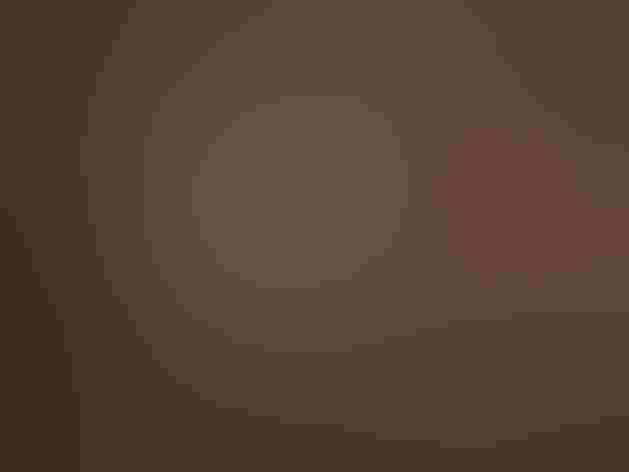California Gnatcatcher
At a Glance
Until the late 1980s, this bird was regarded as just a local form of the Black-tailed Gnatcatcher. With its recognition as a full species, it also became an endangered species: its limited habitat along the southern California coast is being taken over by housing tracts and other developments. California Gnatcatchers live in coastal sage scrub, a low shrubby habitat that is also home to other specialized animals and plants.
All bird guide text and rangemaps adapted from Lives of North American Birds by Kenn Kaufman© 1996, used by permission of Houghton Mifflin Harcourt Publishing Company. All rights reserved.
Category
Old World Warblers and Gnatcatchers, Perching Birds
IUCN Status
Least Concern
Habitat
Desert and Arid Habitats, Shrublands, Savannas, and Thickets
Region
California
Behavior
Direct Flight, Flitter
Population
80.000
Range & Identification
Migration & Range Maps
Permanent resident.
Description
4 1/2 -5" (11-13 cm). Tail mostly black, with narrow white edges showing from below; male has black cap in summer. Like Black-tailed Gnatcatcher (in deserts east of the mountains in California) but noticeably darker gray below.
Size
About the size of a Sparrow
Color
Black, Blue, Gray, White
Wing Shape
Rounded
Tail Shape
Long, Rounded
Songs and Calls
Similar to calls of the Blue-gray Gnatcatcher (not the Black-tailed), but more prolonged and cat-like.
Call Pattern
Falling, Flat
Call Type
Chirp/Chip, Scream
Habitat
Coastal sage scrub. In limited range on California coast, found only in coastal sage scrub. This is a habitat of low shrubs (mostly 3-6' tall), generally dominated by California sagebrush, buckwheat, salvia, and prickly-pear cactus. In Baja California, also found in other kinds of scrub.
Sign up for Audubon's newsletter to learn more about birds like the California Gnatcatcher
Behavior
Eggs
4, sometimes 3-5. Bluish white, finely dotted with reddish brown. Incubation is by both parents, about 14 days. On hot days, adults may stand on nest and shade the eggs.
Young
Fed by both parents. Young leave the nest about 15-16 days after hatching.
Feeding Behavior
Forages by moving about actively in shrubs and low trees, searching for insects. Sometimes hovers to pick items from foliage. Unlike Blue-gray Gnatcatcher, rarely flies out to catch insects in mid-air.
Diet
Mostly insects. Feeds on a wide variety of small insects, including true bugs, beetles, caterpillars, scale insects, wasps, ants, flies, moths, small grasshoppers, and many others; also some spiders. May eat small berries at times.
Nesting
Adults often remain together in pairs throughout the year on permanent territories. In California, nesting season is from late February to mid-July. Brown-headed Cowbirds often lay eggs in nests of this bird, and the gnatcatchers may wind up raising only young cowbirds. Nest site is in dense low shrub, usually less than 4' above the ground. Nest (built by both sexes) is a compact cup of grass, bark strips, leaves, spiderwebs, plant down, and other items, lined with fine plant fibers, feathers, and animal hair.
Conservation
Conservation Status
Endangered. The small amount of remaining habitat in California is being rapidly turned into housing developments. Nesting attempts often fail, partly because of cowbird parasitism.
Climate Threats Facing the California Gnatcatcher
Choose a temperature scenario below to see which threats will affect this species as warming increases. The same climate change-driven threats that put birds at risk will affect other wildlife and people, too.





